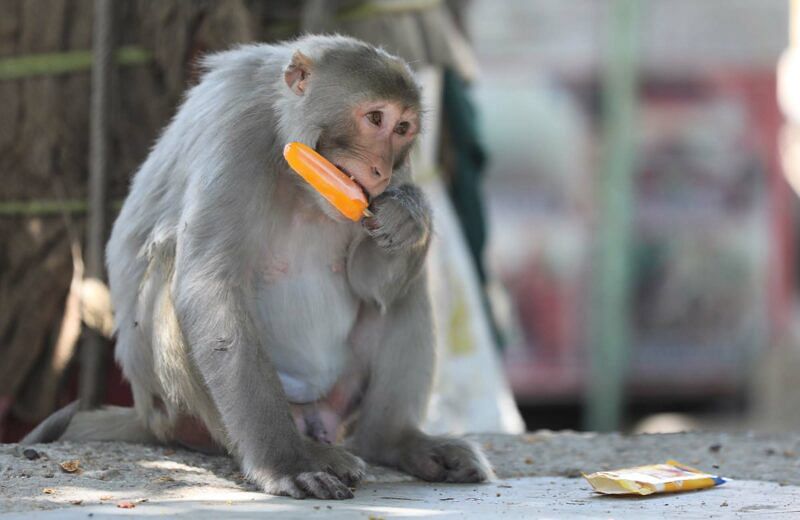Jammu is a land of brutal summers. With the month of March temperatures are ready to pick up, by April it adds many degrees to it, come May and it’s all hell. This year, mercury in the winter capital stepped on the gas as expected in the month of May. Earlier, in the month of April, the mercury fluctuated between 30 to 34 degrees. During May temperature started to rise up, and finally the real hot days are here – everything is burning like in a furnace.
Besides heat, there is pandemic. The Pandemic has already disturbed the life of people and the month of June is proving very difficult for Jammuties as the sweltering heat is hard to bear. This has created havoc for the people living here. Heat strokes, profuse sweating, dizziness, and exhaustion mark the life in Jammu in these days. In certain cases people are seen resting under trees, trying to find shade under buildings and other structures, desperately entering some centrally air conditioned place. All this to steal a moment or two from the stupefying heat. The usual ways of beating the heat have fallen a casualty to the fear of Pandemic. Children these days mostly would hover around the canal road where the local nehr flows. A moderately wide and middling deep stream bounded by concrete, the local stream has mucky deep brown coloured water. Children almost completely naked would jump into the stream, splash water and remain in the canal just like hippos do. They would jump from moderate heights to add fun and adventure to it.
The plight of the elderly, and those working on construction sites is hard to see. They tie a wet clothe around their heads, to find some relief from heat. But for how long can it last. Just some minutes and it again starts boiling. Women, as a tried and tested way, cover their head with the traditional duppatta in order to save themselves from the ferocity of the Jammu sun. Village women, cover their newly born children with their silky duppattas. Heat doesn’t mean anything to them, but from their looks it can be ascertained that they care for their babies and they want to save their babies from the roasting solar body. Local young girls driving scooty cover heads with cotton mufflers, arms wrapped in cotton sleeves and eyes hidden behind black shades.
Nowadays people normally wear masks due to Pandemic which makes it more miserable. The Pandemic has restricted people from crowding around a Banta (the traditional lemon soda electrolyte) stalls. The ice cold Banta, and the smile of the redywala, are missing. So is shikanji (another traditional icy drink). All because of Coronovirus. Local stalls also would sell icy cold water melons with a pinch of lemon. Local ice cream shops would make brisk sales. Water coolers, installed at every nook and corner would find a beeline of people. The local electrolyte would taste like sacred water, and the shady place would feel like heaven. But all that is gone. Jammu, these days, is a burning well, and we are deep into it.
Nevertheless, people have lived with this heat for years as Kashmiris live with terrible cold during winter and until the world ends, the local population- a carpenter, a painter, a small scale vendor, will have to live and deal with it. Over the years young and old have found ways to encounter it and fight the battle. This battle will continue for the years to come; it will never stop. No doubt people blame global warming, or increase in air conditioners which release CFCs into the atmosphere, as possible reasons for this heat wave, but the truth remains that heat is a part of jammuites and they would have to deal with it. Water soaked duppattas and clothes, or swimming in local streams could be the possible ways to encounter the unforgiving sun, but more than that, there remains a will to survive and fight the maddening heat.






